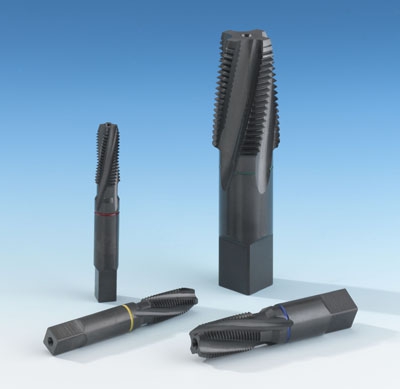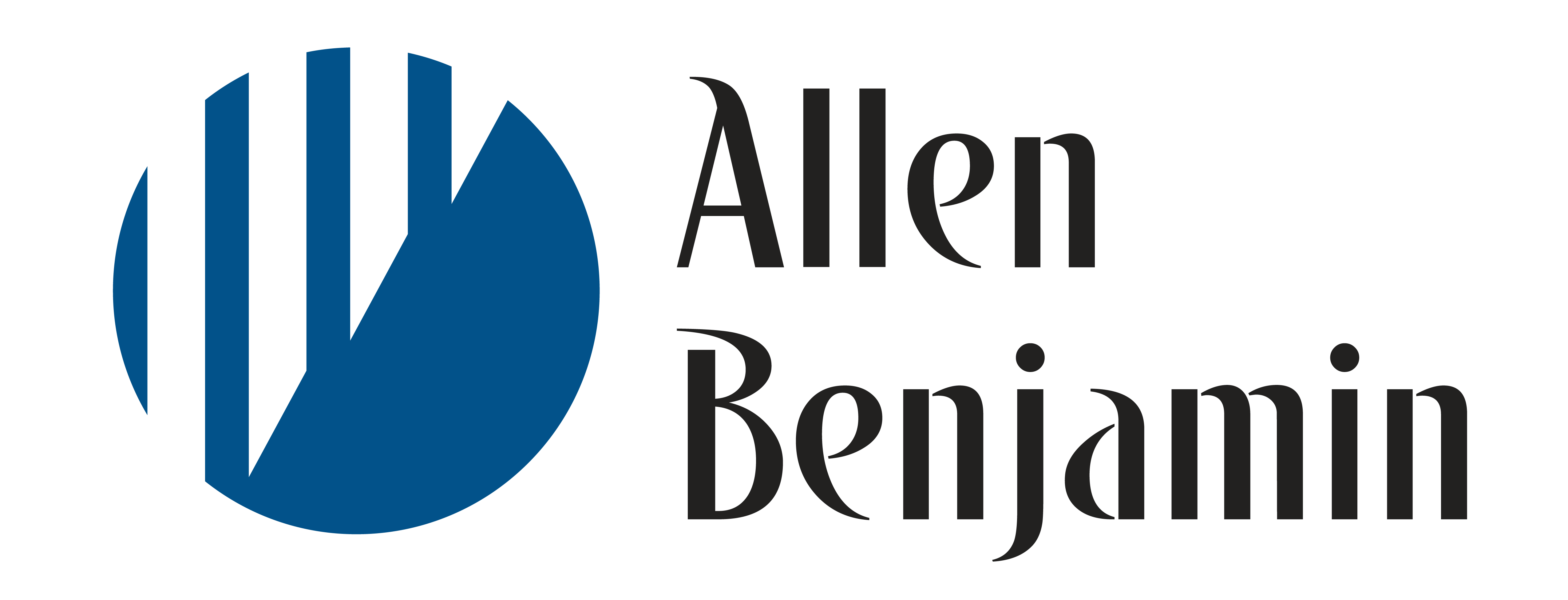
Allen Benjamin Inc. has introduced a line of high performance, application-specific HSSE spiral-flute pipe taps.
The taps are specifically designed and engineered to handle the most demanding pipe tapping applications for NPT and NPTF thread forms. Made with HSSE premium high speed steel, these Allen Benjamin pipe taps increase threading efficiencies, productivity and throughput in a broad range of materials.
The taps are manufactured to Table 311 standard pipe tap dimensions for straight and taper styles, and are designed with standard projection length. Steam oxide coating is standard and alternate coatings are available depending on the specific application.
Contact Details
Related Glossary Terms
- tap
tap
Cylindrical tool that cuts internal threads and has flutes to remove chips and carry tapping fluid to the point of cut. Normally used on a drill press or tapping machine but also may be operated manually. See tapping.
- tapping
tapping
Machining operation in which a tap, with teeth on its periphery, cuts internal threads in a predrilled hole having a smaller diameter than the tap diameter. Threads are formed by a combined rotary and axial-relative motion between tap and workpiece. See tap.
- threading
threading
Process of both external (e.g., thread milling) and internal (e.g., tapping, thread milling) cutting, turning and rolling of threads into particular material. Standardized specifications are available to determine the desired results of the threading process. Numerous thread-series designations are written for specific applications. Threading often is performed on a lathe. Specifications such as thread height are critical in determining the strength of the threads. The material used is taken into consideration in determining the expected results of any particular application for that threaded piece. In external threading, a calculated depth is required as well as a particular angle to the cut. To perform internal threading, the exact diameter to bore the hole is critical before threading. The threads are distinguished from one another by the amount of tolerance and/or allowance that is specified. See turning.







